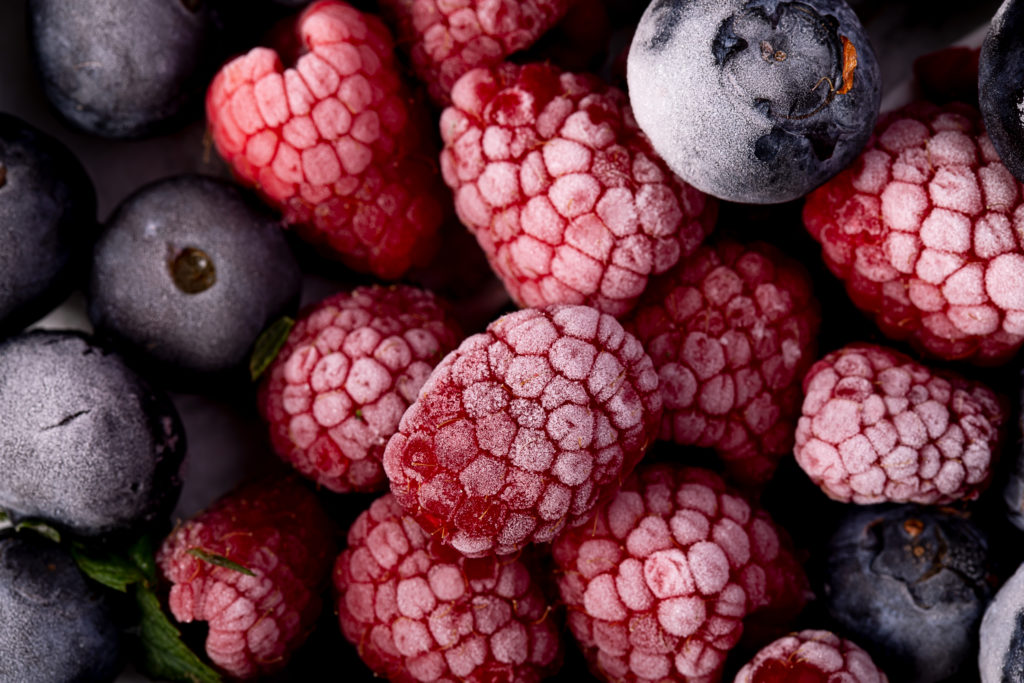Freezing is a relatively safe and cost-effective way to preserve food, but it also requires a considerable amount of energy and produces carbon emissions. But a new approach called isochoric freezing could be the more sustainable alternative to traditional freezing methods. So, how does it work and does it have the potential to be widely adopted in the food and beverage industry?
Traditional Freezing Methods
While freezing is encouraged as a way to cut down on food waste and extend the lifecycle of a food product, it has several downsides that are often overlooked. Currently, frozen foods are stored under constant-pressure, called isobaric conditions, at sub-freezing temperatures. Though this method has been used for centuries and is regarded as the industry standard, it can degrade the textural and nutritional quality of the food.
Freezing not only causes flavor and nutrient loss, but it comes at high cost in terms of energy usage and carbon emissions. Conventional freezing exposes the food to the air in order to freeze it solid at temperatures below 32 degrees F. This often requires energy-intensive cold storage protocols, such as quick freezing, to avoid ice crystal formation.
The cooling industry is important for the transportation and preservation of food, but it accounts for around ten percent of global CO2 emissions. As global temperatures continue to rise as a result of climate change, the demand for cooling will continue to rise. Now, isochoric freezing could be the more sustainable solution.
Related: OLIO: The Food Sharing App That is Tackling Food Waste
What is Isochoric Freezing?
Rather than isobaric freezing, the new isochoric method could not only improve the safety and quality of frozen foods, but also save energy and reduce carbon emissions. According to a new study by the US Department of Agriculture’s (USDA) Agricultural Research Service (ARS) and University of California-Berkeley scientists, isochoric freezing “could cut energy use by as much as 6.5 billion kilowatt-hours each year while reducing the carbon emissions that go along with generating that power by 4.6 billion kg.”
So, how does it work? The technique relies on storing foods in a firm, sealed container made of hard metal or plastic filled with a liquid like water, and placing it in a freezer. Unlike conventional freezing, the new method does not turn food into a solid block of ice. Instead, only a small portion of the volume of water in the container is frozen. And as long as the food remains in the liquid portion, it is safe from ice crystallization.
“Energy savings come from not having to freeze foods completely solid, which uses a huge amount of energy, plus there is no need to resort to energy-intensive cold storage protocols such as quick freezing to avoid ice crystal formation,” said Cristina Bilbao-Sainz, a research food technologist with the USDA, in the same study.
Isochoric freezing allows produce like tomatoes and berries to stay firm, and this method of preservation works for most fruits and vegetables. Another benefit of this method is that it can also kill microbial contaminants during processing.
The research team is now working on adapting the technology for the frozen foods industry and scaling up the technology to an industrial level. The team is also seeking commercial partnerships to help transfer the technology more broadly to the commercial sector.












Join or login to leave a comment
JOIN LOGIN